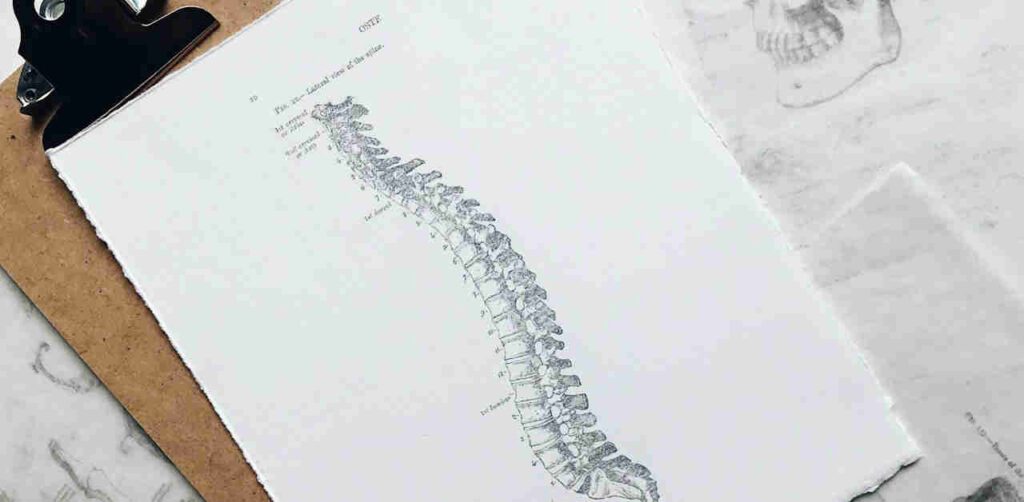Published by: National Institute on Aging
Osteoporosis weakens bones to the point that they can break easily. It is called a “silent disease” because people who develop it may not notice any changes until a bone breaks — usually a bone in the hip, spine, or wrist.
Bones are made of living tissue. A healthy human body breaks down old bone and replaces it with new bone to keep it strong. Osteoporosis develops when more bone is broken down than replaced.
The inside of a bone looks something like a honeycomb. When someone has osteoporosis, the bone, which forms the “walls” of the honeycomb, gets smaller, and the spaces between the bone grow larger. The outer shell of the bone also gets thinner. All of this makes a bone weaker.
In serious cases of osteoporosis, a simple motion such as a cough or minor bump can result in a broken bone, also called a fracture. People with osteoporosis also have a harder time recovering from broken bones, which can sometimes cause pain that does not go away. Broken hip and spine bones are severe, as these injuries can cause older adults to lose their mobility and independence.
How can I keep my bones strong as I age?
There are things you can do at any age to prevent weakened bones. Here are some tips:
- Eat foods that support bone health. Get enough calcium, vitamin D, and protein each day. Low-fat dairy; leafy green vegetables; fish; and fortified juices, milk, and grains are good sources of calcium. If your vitamin D level is low, talk with your doctor about taking a supplement.
- Get active. Choose weight-bearing exercise, such as strength training, walking, hiking, jogging, climbing stairs, tennis, and dancing. This type of physical activity can help build and strengthen your bones.
- Don’t smoke. Smoking increases your risk of weakened bones. If you do smoke, here are tips for how to quit smoking.
- Limit alcohol consumption. Too much alcohol can harm your bones. Drink in moderation or not at all. Learn more about alcohol and aging.
